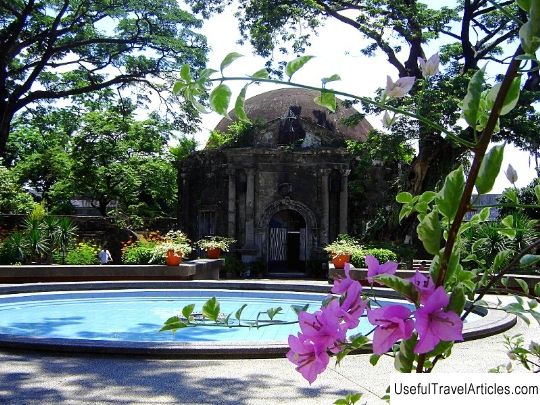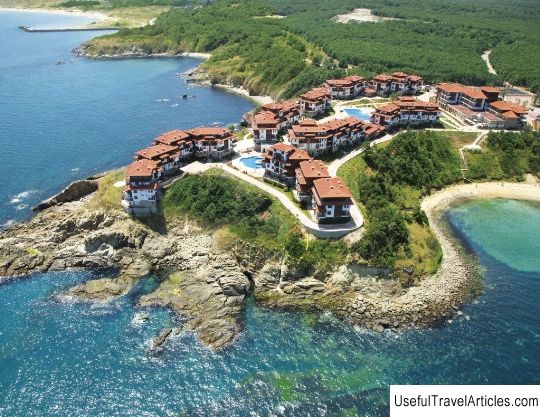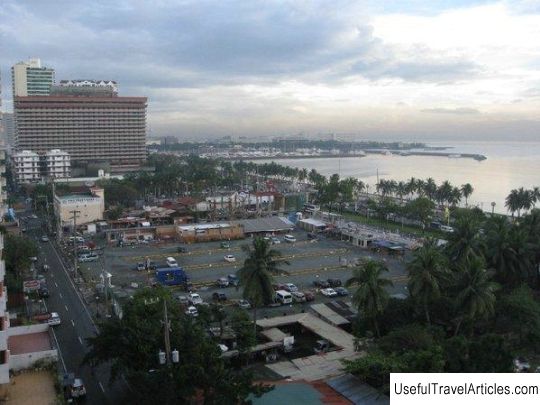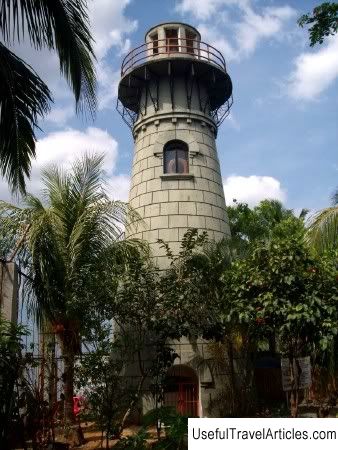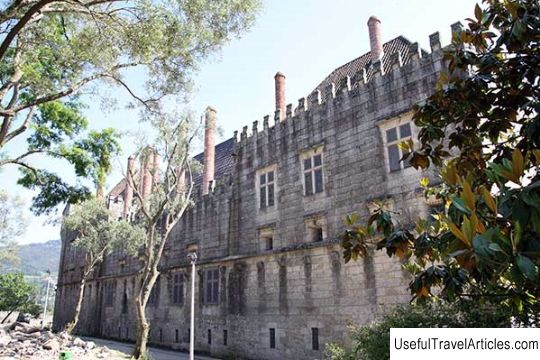Paco description and photos - Philippines: Manila
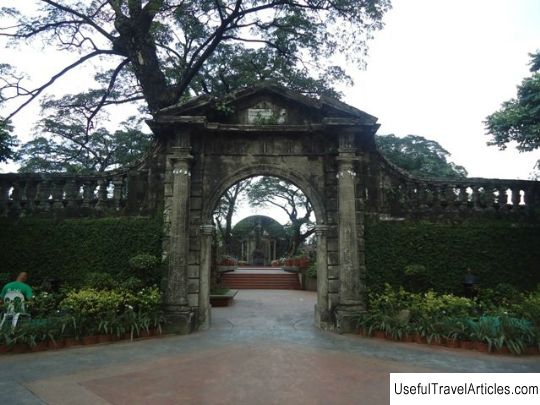
Paco description and photos - Philippines: Manila. Detailed information about the attraction. Description, photographs and a map showing the nearest significant objects. The name in English is Paco. Photo and descriptionThe Manila district of Paco is located south of the Pasig river between the Malate and Ermita districts. According to the 2000 census, a little more than 64 thousand people live in it. Previously, the Paco area was called Dilao because of the bright yellow plants that grew here - in the Tagalog language the word "dilao" just means "yellow". True, there is another version of the origin of the name: according to it, the Spaniards called this area Dilao or "Yellow Square" because of the Japanese immigrants who lived here. The name Dilao was in use until 1791, when the name San Fernando was added to it - the area became known as San Fernando de Dilao. And in the 19th century, the nickname Paco appeared - short for Francisco. In those years, this area was the second largest urban area in Manila. For some time he was called Paco de Dilao, and then just Paco. The Japanese founded their commune here before anyone else - already in 1593 on the territory of present-day Paco there were from 300 to 400 people. By 1606, there were already about 3 thousand of them. And today you can see the ancient Japanese statue of Takayama here. In 1606-1607, the Japanese population of Paco tried to revolt against the Spaniards, but failed. In 1614, the number of Japanese in what is now Manila increased again due to the persecution of Christians that began in Japan. Today, about 200,000 Japanese live in the Philippines. Among the attractions of the Paco area is the Sikh temple located on UN Avenue. There are also representative offices of many automobile factories - Toyota, Ford, Nissan, Honda and others. The Plaza Dilao square with the monument perpetuates the memory of the Japanese who once lived on these lands. On the territory of the current Paco Park, there was once a municipal cemetery, where, in particular, the remains of the national hero of the Philippines, Jose Rizal, were buried. Later they were moved to Fort Bonifacio, and a large park was laid out on the site of the cemetery.       We also recommend reading Literary Museum named after Adam Mickiewicza (Muzeum Literatury im. Adama Mickiewicza) description and photos - Poland: Warsaw Topic: Paco description and photos - Philippines: Manila. |
